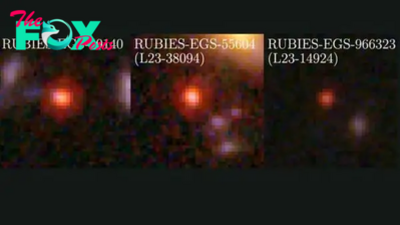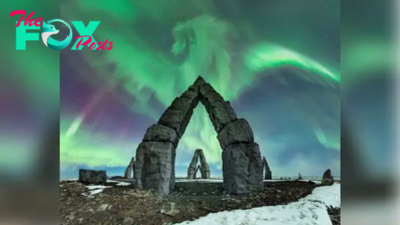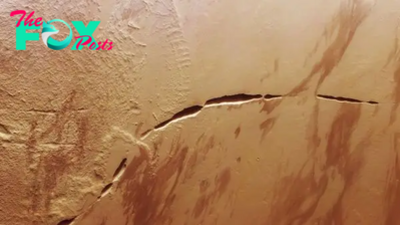Science
James Webb Space Telescope celebrates Independence Day by showcasing dazzling 'cosmic fireworks' 460 light-years away
To mark Independence Day, NASA has released a James Webb Space Telescope (JWST) image showing the frenzied eruption of a young star in vibrant red, white and blue.
The cosmic pyrotechnics come from the nebula L1527, which is located 460 light-years away in the constellation Taurus.
Similar in shape to an hourglass or a butterfly's wings, the image shows a 100,000-year-old baby star roaring to life inside a gas cloud. Rotating in place, the star is consuming material around its sides while expelling it in vast jets from either pole.
"This fiery hourglass marks the scene of a very young object in the process of becoming a star," NASA wrote in a statement. "A central protostar grows in the neck of the hourglass, accumulating material from a thin protoplanetary disk, seen edge-on as a dark line."
Related: James Webb Space Telescope captures star going supernova in a dazzling cloud of dust
Stars can take tens of millions of years to form — growing from billowing clouds of turbulent dust and gas to gently glowing protostars, before developing into gigantic orbs of fusion-powered plasma.

—Monster black hole may have killed this galaxy's star-forming power, James Webb Telescope reveals
—The James Webb Telescope detected the coldest ice in the known universe — and it contains the building blocks of life
—35 jaw-dropping James Webb Space Telescope images
As stars sputter into life, they fling out material in the form of winds and jets of ionized plasma in a process known as stellar feedback.
-

 Science3d ago
Science3d agoRare, mystery blasts from sun can devastate the ozone layer and spike radiation levels on Earth
-

 Science3d ago
Science3d ago'It's hard to communicate how unbelievable this is': Hurricane Beryl is the earliest Category 5 storm on record
-

 Science3d ago
Science3d agoHurricane season 2024: How long it lasts and what to expect
-
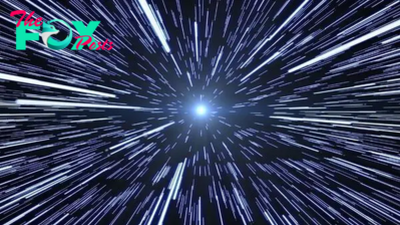
 Science3d ago
Science3d agoAlien 'warp drives' may leave telltale signals in the fabric of space-time, new paper claims
-
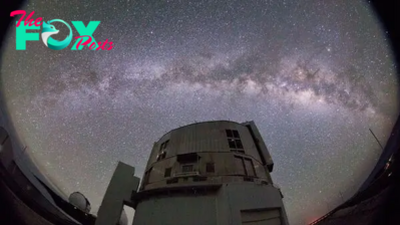
 Science3d ago
Science3d agoThe Milky Way may be surrounded by 'too many' mini galaxies, new discoveries reveal
-

 Science4d ago
Science4d agoSpotted Lanternflies Are Back. Scientists Are Still Trying to Figure Out How Best to Kill Them
-

 Science4d ago
Science4d agoResearchers Unveil New Pink Blob of Living Skin
-
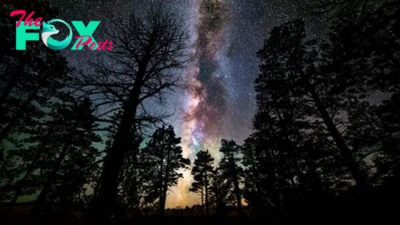
 Science4d ago
Science4d agoThe Milky Way will be visible without a telescope this summer. Here are the key nights to watch for.


